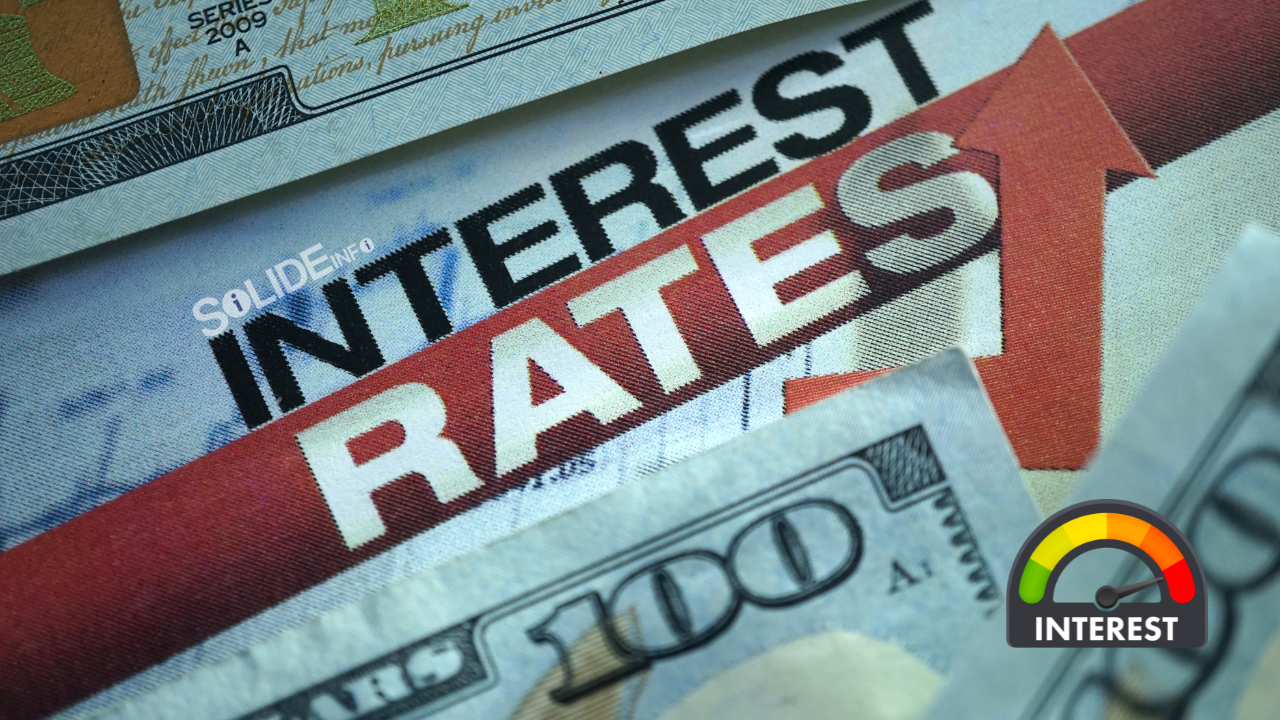A shimmering thread of water at the southern tip of Iran and the northern coast of Oman, the Strait of Hormuz carries a staggering share of the world’s oil and gas shipments. In this article, we delve into the companies steering their massive tankers through this critical chokepoint, explore why the Hormuz passage is indispensable for global hydrocarbon flows—especially Qatari gas—and examine how its strategic weight shapes both operations at sea and market valuations onshore.
Who’s Who Among Maritime Transporters
Major players in the Strait of Hormuz fall into two broad camps: crude oil carriers and liquefied natural gas (LNG) specialists. National Iranian Tanker Company (NITC) commands one of the region’s largest fleets of very large crude carriers, ensuring Iran’s lifeline to export markets remains open despite political headwinds. On the other side of the gulf, Bahri (formerly Saudi National Shipping Company) stands out with its modernized VLCCs ferrying Saudi Arabian crude to Asia and beyond. Far from home waters, COSCO Shipping Energy—a Chinese heavyweight—routinely dispatches its supertankers to pick up barrels of Middle Eastern grades.
When it comes to gas, Nakilat (Qatar Gas Transport) monopolizes Qatari LNG shipments with a fleet tailored for the world’s largest LNG exporter. Through long-term charters with Qatargas, Nakilat’s vessels slip through Hormuz on their way to every corner of the globe. For a snapshot of Nakilat’s market performance, see their live chart on TradingView.
Beyond giants like NITC and Nakilat, specialized firms such as Mitsui O.S.K. Lines (MOL) and Teekay Tankers also maintain regular runs through Hormuz. Watching their share prices can offer a barometer of traders’ appetite for geopolitical risk.
Why the Strait of Hormuz Matters Beyond Geography
Imagine a narrow funnel so essential that nearly a fifth of the world’s oil and LNG must pass through it daily. That is the Strait of Hormuz, where about 20 million barrels of oil and close to 20 percent of liquefied natural gas navigate every single day. Detours are virtually impossible: alternative pipelines exist, but at a tiny fraction of the capacity and at much higher cost.
Tensions in the region—from naval standoffs to sanctions—ripple through global energy markets as soon as Hormuz makes headlines. Insurance premiums for tankers spike, charter rates climb, and any hint of disruption sends oil benchmark prices soaring. This dynamic explains why investors keep a close eye on companies exposed to Hormuz flows: when the strait is under pressure, these transporters often see their revenues surge through risk surcharges, even as their costs rise.
The link between Hormuz and Qatar is especially poignant: with North Field expansions set to double Qatar’s LNG output by the end of this decade, Nakilat’s dominance in LNG logistics positions it to benefit handsomely—yet also exposes it to any blockade-related bottlenecks. For more on energy market implications, you can read our analysis on Global Energy Trends at SolideInfo.
From Sea Routes to Stock Routes—Impact on Valuation
Operational reality at sea translates directly into investor decisions on land. When Hormuz tensions heat up, charter rates for VLCCs and LNG carriers can jump by 30–50 percent in the spot market. Companies like Scorpio Tankers (NYSE: STNG) and Teekay Tankers often report a sharp uptick in revenue under such conditions, even if some voyages are rerouted to avoid high-risk zones.
That said, risk is a double-edged sword. Higher insurance and security expenditures can eat into profit margins, and any real disruption would threaten cargo deliveries and contractual obligations. Market watchers frequently study quarterly reports from these firms, noting any mention of “Middle East risk premiums” or “rerouting costs.”
An investor eyeing Nakilat might focus on its long-term charters, which buffer against spot volatility but cap upside when charter rates skyrocket. Conversely, pure-play spot carriers enjoy maximum leverage on rate swings but bear the full brunt of cost hikes.
To keep track of these movements, traders often bookmark real-time charts on TradingView. For instance, you can follow STNG’s live performance here: TradingView – NYSE:STNG.



